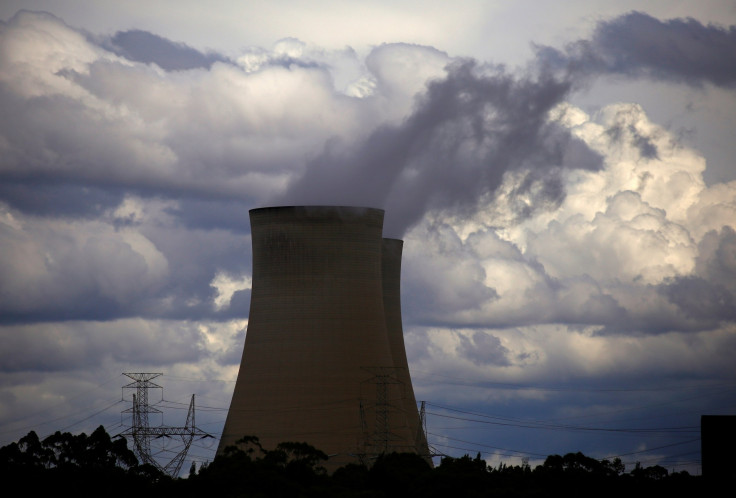Australia’s trade surplus for February outdoes expectations

Australia reported a higher than expected seasonally adjusted trade surplus of $3.57 billion for the month of February. The rise was backed by increasing prices in iron ore and plunging imports of consumer goods, according to the Australian Bureau of Statistics (ABS).
The analysts’ expectations of the surplus stood at $1.9 billion. The surplus for February, outdoing January’s posting of $1.5 billion, came narrowly close to record-high number of $3.7 billion posted two months earlier. If there had not been an upward revision to December’s number, February’s reading would have set a new record.
Export value witnessed a rise of 1 percent, equivalent to $469 million, to reach $32.405 billion. The increase was largely attributable to volatile non-monetary gold exports. On the other hand, import value fell 5 percent. While the imports of consumption goods declined by 10 percent, those of intermediate and other merchandise goods went down by 9 percent.
Australia’s largest export, iron ore, rose consistently in February. This follows a much needed recovery after posting low readings for more than a decade.
The Chinese monthly imports of the raw material surged 13 percent on-year, reflecting the strengthened demand from the country’s steelmakers. At the same time, weakness in global mine supplies persisted. Iron ore prices peaked to a multi-year high of US$94.50 (AU124.80) a tonne – an increase of as much as 19 percent from the start of the year. The rise was, at least in part, brought down by a decline in coal prices, noted to be one of the major exports for Australia.
Despite trade surplus posting optimistic results in February, UBS economics highlighted the weak growth of export volumes. This, they say, can lead to downside risks to Australia’s Q1 GDP. The situation could further be affected as supplies across Queensland’s coal sector have been disrupted due to Cyclone Debbie. “The trade data to date — especially the net fall of commodity exports values across January and February — and looming hit to coal exports in late-March, still implies a large net export drag on Q1 real GDP, and hence downside risk to our growth forecast of 0.8%,” economists said.
JP Morgan economist Tom Kennedy said disruptions caused by Cyclone Debbie will adversely affect the terms of trade and real GDP growth, especially the June quarter. “Weak export shipments are a clear negative for real GDP growth however, and it seems likely net exports will be a drag in 2Q17,” he said. “We are not yet able to quantify the impact on GDP with the true extent of the damage not yet known.”
Source: YouTube/CrashCourse





















